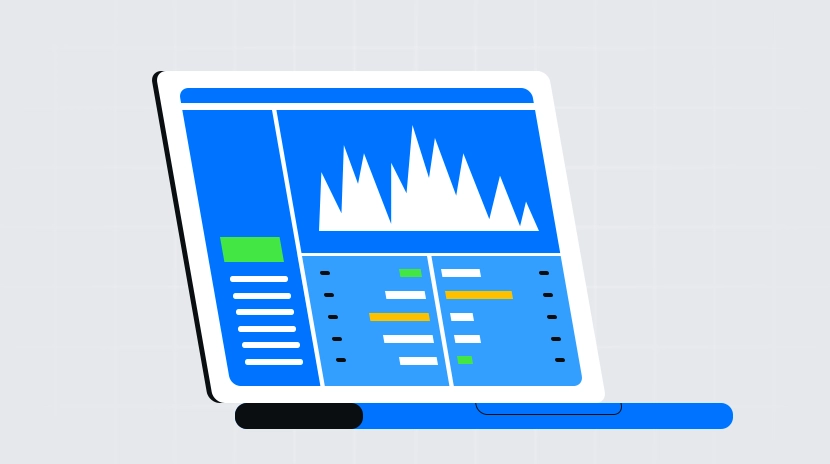defined settlement

Defined Settlement is a specific settlement mechanism in cryptocurrency transactions that pre-establishes the exact conditions, timing, and methods for completing a transaction. Compared to settlement processes in traditional financial systems, blockchain-based defined settlement offers greater transparency, programmability, and automated execution, effectively reducing third-party dependencies and potential disputes. Within the crypto ecosystem, this mechanism is implemented through smart contracts, allowing transaction participants to clearly understand when and how asset transfers will be completed, thereby reducing transaction uncertainty.
Key Features of Defined Settlement
Defined Settlement in the cryptocurrency domain has several key features:
-
Determinism: Transaction terms, settlement times, and execution mechanisms are clearly defined before the transaction is initiated, with no possibility of subsequent changes.
-
Automatic Execution: Once predetermined conditions are triggered, smart contracts automatically execute the settlement process without human intervention, significantly reducing operational risks.
-
Verifiability: All settlement conditions and execution results are recorded on the blockchain, allowing anyone to verify whether transactions were completed according to predefined terms.
-
Programmability: Transaction participants can customize complex settlement conditions according to their needs, such as multi-signatures, time locks, and conditional triggers.
-
Reduced Counterparty Risk: Since settlement conditions and execution processes are transparent and immutable, the possibility of transaction counterparty defaults is effectively reduced.
Use Cases and Advantages:
-
Decentralized Exchanges (DEXs): Enabling atomic swaps and trustless asset trading.
-
DeFi Lending Platforms: Automatically managing loan issuance, interest calculations, and liquidation processes.
-
Derivatives Trading: Predefining settlement conditions for complex financial transactions such as option exercises and futures delivery.
-
Cross-border Payments: Simplifying international fund transfer processes through preset settlement paths and conditions.
-
Escrow Services: Creating automated third-party escrows that only release funds when specific conditions are met.
Market Impact of Defined Settlement
Defined Settlement mechanisms have had a profound impact on cryptocurrency markets:
Firstly, they significantly enhance market efficiency. Compared to traditional financial systems, blockchain-based defined settlements drastically reduce settlement times from the traditional T+2 or longer to minutes or even seconds. This efficiency not only improves capital utilization but also promotes more active market trading.
Secondly, defined settlement enhances market transparency. All transaction conditions, execution processes, and settlement results are publicly verifiable on the blockchain, reducing information asymmetry and helping to establish a fairer market environment. This transparency also allows regulatory authorities to better monitor market activities.
Furthermore, defined settlement drives financial innovation. Developers can build new financial products and services based on smart contracts, such as Automated Market Makers (AMMs), yield farms, and options protocols, all of which rely on predefined settlement mechanisms to implement complex financial logic.
Finally, defined settlement reduces systemic risk. By decreasing reliance on central counterparty clearing, it disperses concentration points of risk, making the market more resilient and better able to withstand single points of failure and system shocks.
Risks and Challenges of Defined Settlement
Despite the many advantages that defined settlement brings to the cryptocurrency world, it also faces several important risks and challenges:
-
Smart Contract Vulnerabilities: Settlement logic relies on smart contract code, and any programming errors or security vulnerabilities could result in loss of funds. Notable examples like the DAO hack and numerous DeFi protocol attacks highlight this risk.
-
Oracle Risk: Many defined settlements depend on external oracles to provide price and event data, and manipulation or failure of these oracles could lead to improper settlement.
-
Network Congestion Issues: During periods of blockchain network congestion, settlements may be delayed, leading to price slippage and execution risk, especially in highly volatile market environments.
-
Legal and Compliance Challenges: Different jurisdictions have varying levels of legal recognition for automated settlements, potentially causing legal disputes in cross-border transactions.
-
Technical Complexity: Ordinary users may find it difficult to understand complex settlement terms and mechanisms, increasing usage barriers and the possibility of operational errors.
-
System Interoperability Limitations: Asset transfers and settlements between different blockchain networks still face technical barriers, limiting cross-chain application scenarios.
-
Liquidity Fragmentation: The existence of multiple settlement mechanisms and platforms leads to dispersed liquidity, potentially affecting overall market efficiency.
The safety and effectiveness of defined settlement highly depend on the maturity of the underlying technology and the sound development of the ecosystem, requiring participants to fully understand these risks and take appropriate measures to manage them.
Defined Settlement represents a significant evolution in financial transaction execution models. It is not only a core advantage of blockchain technology in the financial sector but also a key infrastructure driving the explosive growth of decentralized finance (DeFi). By eliminating friction, delays, and uncertainties in traditional settlement processes, defined settlement is reshaping our understanding of asset transfers and financial transactions. Despite facing technical and regulatory challenges, as blockchain infrastructure continues to improve, cross-chain technologies develop, and industry standards gradually establish, defined settlement has the potential to play a role in broader financial application scenarios, providing technical support for building a more efficient, transparent, and inclusive financial system.
Share
Related Articles

Gate Research: 2024 Cryptocurrency Market Review and 2025 Trend Forecast

Altseason 2025: Narrative Rotation and Capital Restructuring in an Atypical Bull Market
